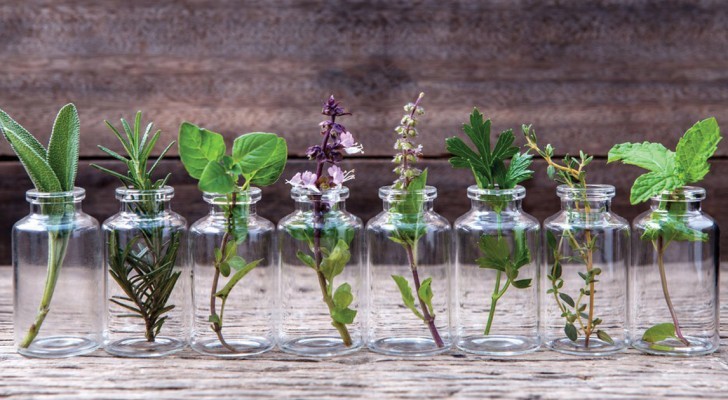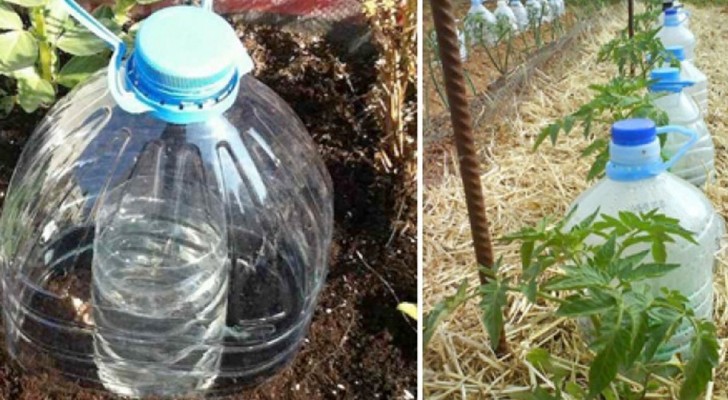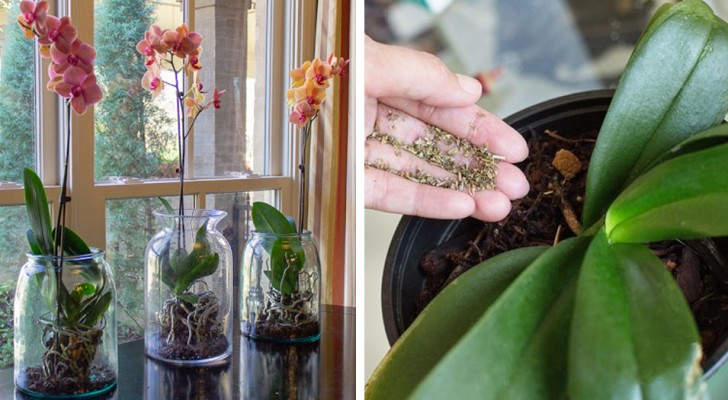6 vegetables that you can regenerate conveniently at home from kitchen scraps!
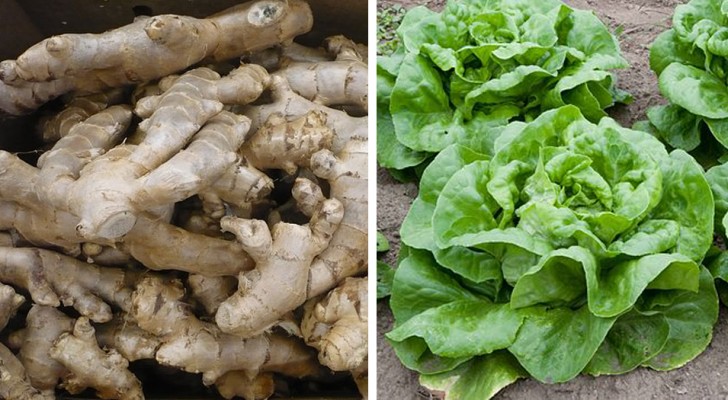
Would it not be a dream to be able to grow a vegetable garden from kitchen scraps?
Well, for once dreams are real! It must be said that it does not always succeed because it depends a lot on the nature of the vegetable that is planted and the conditions of your garden, but it does not cost anything to try.
In addition, if it is successful, we assure you that the satisfaction will be great! Here's what you can plant and regrow from organic scraps.
Carrots
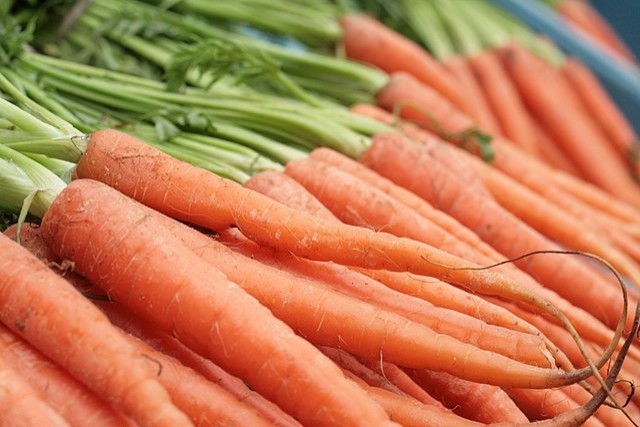
Carrots, as well as turnips and beets, grow again starting from the top end (the part with the tuft). Just cut off this part, put it in water with the cut side facing down and wait for the white roots to form. Change the water often and keep the container in full sunlight. Once the roots have appeared, you can plant the carrots in the ground, taking care not to cover the sprouts.
Lettuce
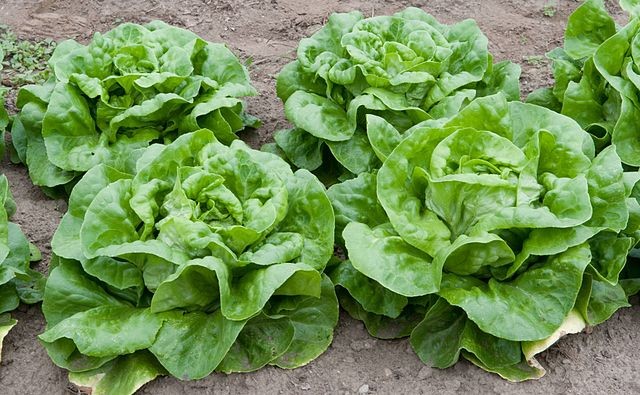
Leafy green vegetables are very easy to regenerate and grow even faster than others. However, they need more space, so it is advisable to have a small vegetable garden at your disposal. In a bowl filled with water, dip the lower ends of the most external salad leaves, which you would normally throw away. Place the container in a sunny place and change the water very often. Wait for the white roots to form at the base of the leaves, then you can proceed with planting it in the ground.
Celery
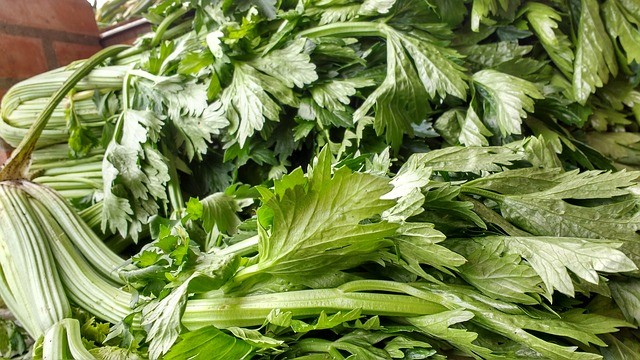
Celery is also a vegetable that is very easy to grow! To do it, just cut the base of a stalk, put it in a bowl with warm water with the cut ends upwards. Change the water often and make sure that the celery gets plenty of sunlight. When new green leaves appear on the cut stalk, you can plant the celery without covering the sprouts. You can pick the lettuce when the plant grows full-size.
Scallions
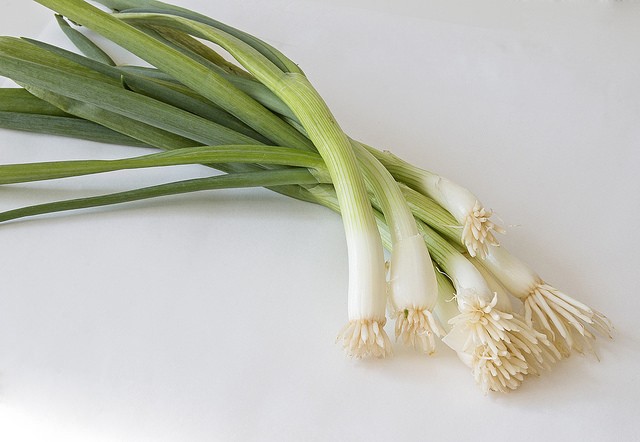
To regenerate the scallions, simply cut the bottom end (the one with the roots) and immerse it in a container full of water because to grow, the roots must be kept well watered. Change the water often and place the container in a sunny place in the house. In a week or so, you will see the shallot start to grow again and at that point, you can plant it in the ground again.
Basil and coriander

Place the stems in a glass filled with water, ensuring that the leaves are not immersed (if necessary, you can remove some). Remember to change the water every other day and wait for the white roots to grow from the bottom. When they have reached a few centimeters in length, you can plant the basil plant in the ground. In a few weeks, you'll have to see new leaves grow!
Ginger noun ginger Ginger

Growing ginger at home is very simple and, moreover, it is an extremely beneficial food for your health! To regenerate it you will have to cut the roots into pieces containing at least one shoot. Plant the pieces directly in the ground and moisten it --- pay attention to the stagnation of water, to which ginger is very sensitive! After a week or so, the ginger you planted should have a root strong enough to keep growing!
Now you know how to grow a small kitchen garden from domestic waste: remember to prefer organic food, because in this way you can be sure that the vegetables have not undergone anti-germination treatments.
